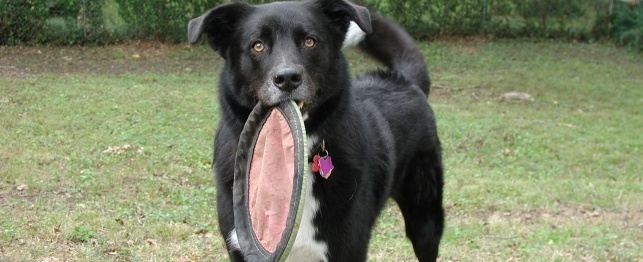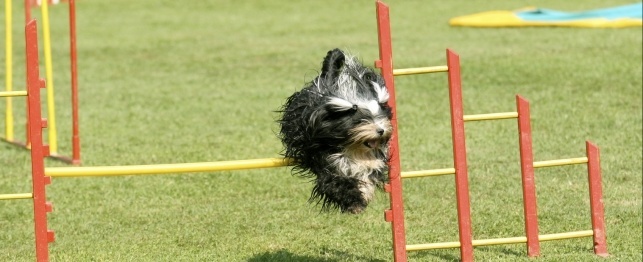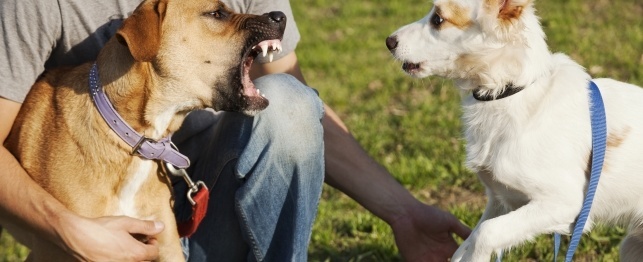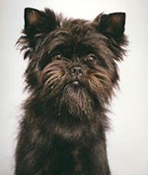Sit. Heel. Stay. These are just some of the most basic commands in dog training. Training dogs is not an easy task �dogs don’t communicate like humans do. To communicate, trainers make use of rewards, reinforcements and punishments. One of the most common ways of implementing this is by using dog training collar. Before discussing why, let’s go first through some basic concepts.
In dog training, the principle of rewards is commonly used. When a dog does something right, you pat it at the back or give it food to show that it has performed well. The pat or the food is called a reward or positive reinforcement. With continued rewarding, the dog learns that a certain behavior done after a specific command is associated with incentives and will, thus, continue to do the same thing every time the command is heard.
Negative reinforcements and punishments are also used. Punishments are acts of reprimand given to the dog for doing something wrong. For example, a dog who is on shock dog training collar does not obey your command. You use the collar to give the dog a mild shock. And you will continually do this until it stops doing the undesired behavior. When it finally stops, you remove the shock. The shock is now the punishment, while its removal is the negative reinforcement.
As said, one of the most common equipments used in dog training is the dog training collar. It has different types. Generally, the collars have two broad classifications: the traditional type collars and the shock type collars. The most common of the traditional type are the slip collars and the prong collars. Basically, the traditional collar is looped around the dog’s neck with one of its 2 rings attached to the nylon handled by the trainer or owner.
This is how they work: when a dog does an undesired behavior, the trainer pulls the collar (punishment). For slip collars, the dog gets choked as the trainer pulls the nylon. For the prong collars, a hard pressure is felt by the dog around its neck. As the trainer does this, he says a command, which usually is �No.� When the dog stops doing the behavior, the trainer releases the pull, and the grip of the collar loosens. The punishment and negative reinforcement applied teach the dog not to do the behavior again and to associate �no� with a punishment.
The other type of dog training collar is the shock type. This is deemed better by many. With this, a trainer uses only a remote to give punishments and negative reinforcements. Although used more commonly by professional trainers training for law enforcement, bomb sniffing, hunting, etc., this type of collar basically benefits any dog handler �even those who are only doing basic obedience training and home disciplining. This is because it is more convenient, especially when the dog is persistent with its behavior.
There are different reasons for dog training. All of which use the principle of rewards, punishments, and reinforcements. Depending on the purpose, there is a collar that best suits your objective. If you want to be safe with your choice, however, opt for the shock type. In reviews, this type of dog training collar gives the most convenience to the owners.

 Safe Fetch Toys for Your Dog
Safe Fetch Toys for Your Dog
Safe Fetch Toys for Your Dog
Safe Fetch Toys for Your Dog
 Agility: an Exciting Dog Sport
Agility: an Exciting Dog Sport
Agility: an Exciting Dog Sport
Agility: an Exciting Dog Sport
 Dog Parks and Bites: What You Need to Know
Dog Parks and Bites: What You Need to Know
Dog Parks and Bites: What You Need to Know
Dog Parks and Bites: What You Need to Know
 Dogs Play at the Park
Dogs Play at the Park
Dogs Play at the Park
Dogs Play at the Park
 NILIF Behavioral Shaping For Dogs
Why You Should Consider NILIF
Do you have a stubborn, pushy
NILIF Behavioral Shaping For Dogs
Why You Should Consider NILIF
Do you have a stubborn, pushy